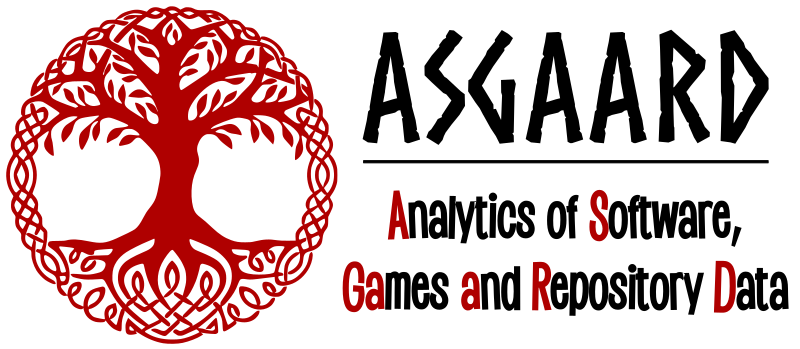Filipe’s paper “An empirical study of same-day releases of popular packages in the npm ecosystem” was accepted for publication in the Empirical Software Engineering journal! Super congrats Filipe! This was a collaboration with Gustavo Oliva and Ahmed Hassan.
Abstract:
Within a software ecosystem, client packages can reuse provider packages as third-party libraries. The reuse relation between client and provider packages is called a dependency. When a client package depends on the code of a provider package, every change that is introduced in a release of the provider has the potential to impact the client package. Since a large number of dependencies exist within a software ecosystem, releases of a popular provider package can impact a large number of clients. Occasionally, multiple releases of a popular package need to be published on the same day, leading to a scenario in which the time available to revise, test, build, and document the release is restricted compared to releases published within a regular schedule. In this paper, our objective is to study the same-day releases that are published by popular packages in the npm ecosystem. We design an exploratory study to characterize the type of changes that are introduced in same-day releases, the prevalence of same-day releases in the npm ecosystem, and the adoption of same-day releases by client packages. A preliminary manual analysis of the existing release notes suggests that same-day releases introduce non-trivial changes (e.g., bug fixes). We then focus on three RQs. First, we study how often same-day releases are published. We found that the median proportion of regularly scheduled releases that are interrupted by a same-day release (per popular package) is 22%, suggesting the importance of having timely and systematic procedures to cope with same-day releases. Second, we study the performed code changes in same-day releases. We observe that 32% of the same-day releases have larger changes compared with their prior release, thus showing that some same-day releases can undergo significant maintenance activity despite their time-constrained nature. In our third RQ, we study how client packages react to same-day releases of their providers. We observe the vast majority of client packages that adopt the release preceding the same-day release would also adopt the latter without having to change their versioning statement (implicit updates). We also note that explicit adoptions of same-day releases (i.e., adoptions that require a change to the versioning statement of the provider in question) is significantly faster than the explicit adoption of regular releases. Based on our findings, we argue that (i) third-party tools that support the automation of dependency management (e.g., Dependabot) should consider explicitly flagging same-day releases, (ii) popular packages should strive for optimized release pipelines that can properly handle same-day releases, and (iii) future research should design scalable, ecosystem-ready tools that support provider packages in assessing the impact of their code changes on client packages.
See our Publications for the full paper.
